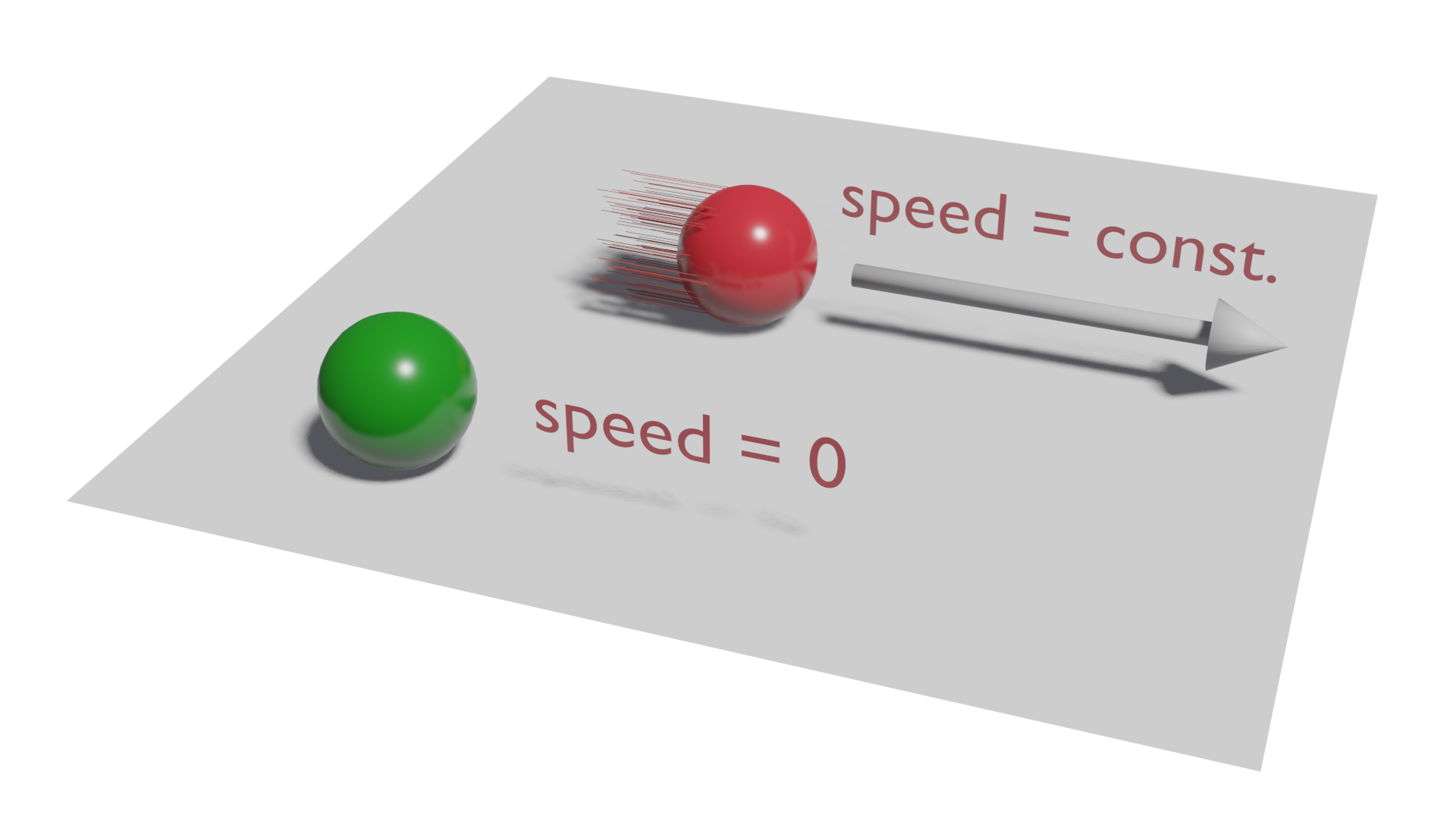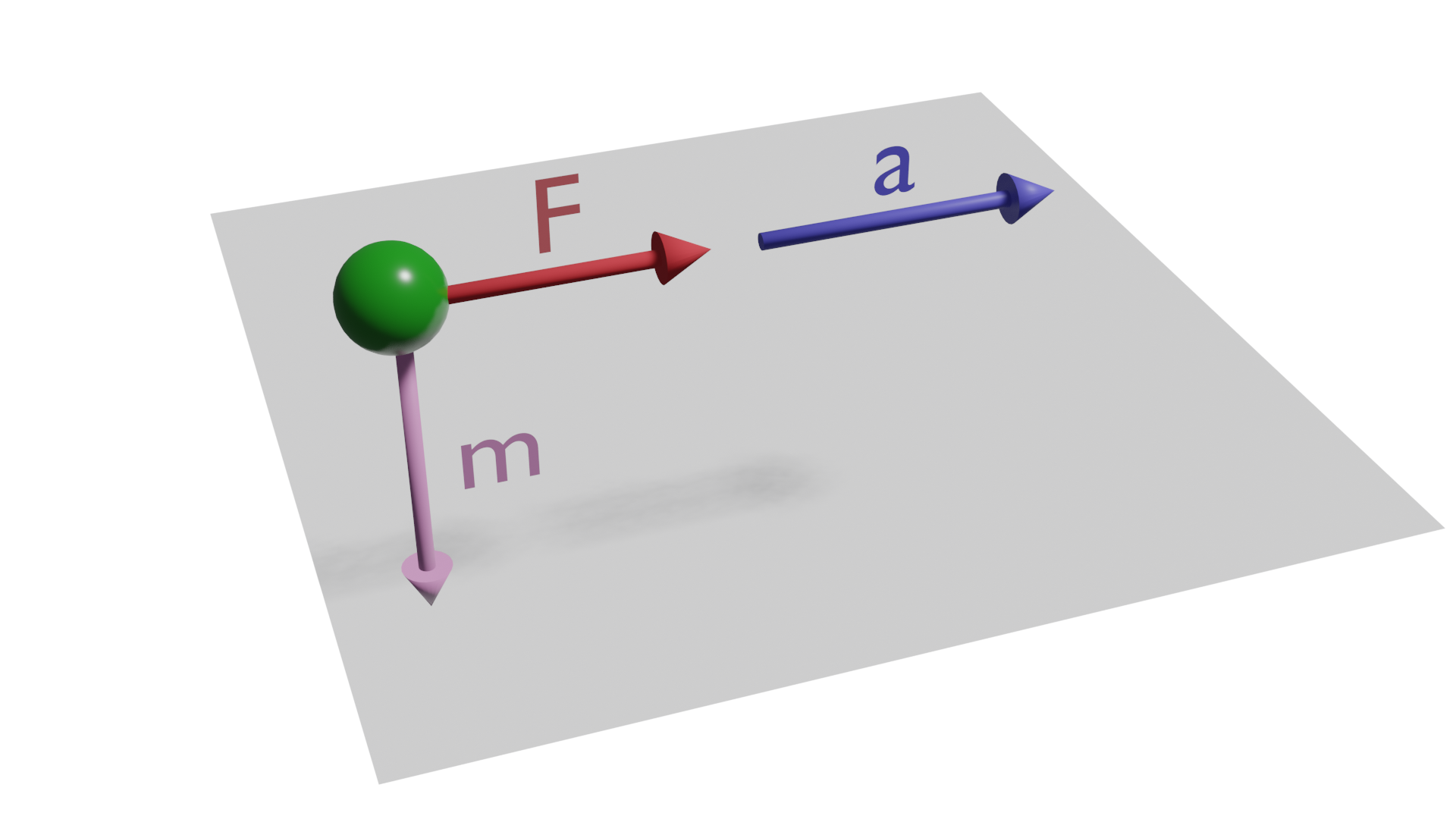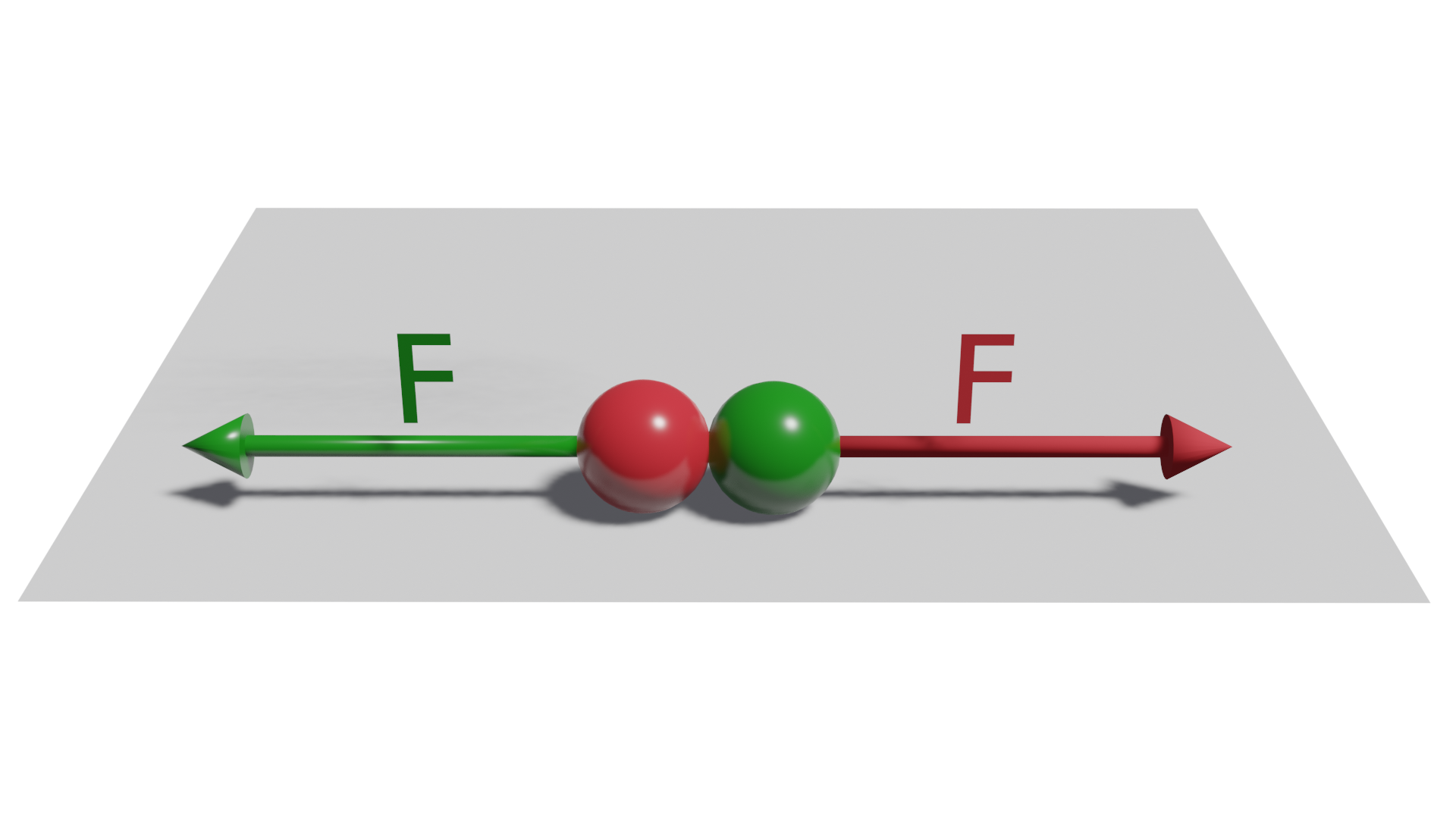Physics. Newton's laws of motion.
Data: 09/12/2023 Autore: Antonio H.
Newton's laws of motion
In 1687 the English physicist Isaac Newton published three laws or principles to describe the motion of bodies in an inertial reference system, relating force, velocity and motion of bodies.
These three laws are the following
- First law or law of inertia.
- Second law or fundamental law of dynamics.
- Third law or principle of action and reaction.

This principle had already been observed earlier by Galileo Galilei.
We are quite familiar with the effects of this law because we perceive them daily, for example, when we travel in a vehicle that brakes we notice how our body tends to continue at the speed at which we were traveling or when it takes a curve it tends to continue in a straight line. It is also responsible for falls when we stumble while walking, running or pedaling.
These three laws are the following
- First law or law of inertia.
- Second law or fundamental law of dynamics.
- Third law or principle of action and reaction.
Newton's First Law: Law of Inertia
The first law or law of inertia postulates that a body at rest or moving in a straight line with a constant velocity will remain in that state unless an external force is applied.

This principle had already been observed earlier by Galileo Galilei.
We are quite familiar with the effects of this law because we perceive them daily, for example, when we travel in a vehicle that brakes we notice how our body tends to continue at the speed at which we were traveling or when it takes a curve it tends to continue in a straight line. It is also responsible for falls when we stumble while walking, running or pedaling.
Newton's second law: fundamental law of dynamics
Newton's second law or fundamental law of dynamics states that the accelerations experienced by a body are proportional to the forces acting on it, according to the well-known formula:
F = m·a
F = net or resultant force of all the forces acting on the body.
m = mass of the body in kg.
a = acceleration in m/s2 (meter per second squared).
 The force of body A on body B, F(A-B), which we will call the action force, is equal to the force of body B on body A, F(B-A), which we will call the reaction force. The reaction force will have the same direction and intensity as the action force, but in the opposite direction.
The force of body A on body B, F(A-B), which we will call the action force, is equal to the force of body B on body A, F(B-A), which we will call the reaction force. The reaction force will have the same direction and intensity as the action force, but in the opposite direction.
With the effects of this law we are also quite familiar in our daily life, for example, when we move any heavy object by pushing it, i.e. applying force on the object to move it, we perceive a resistance of the object which is the reaction force of this object on us.
m = mass of the body in kg.
a = acceleration in m/s2 (meter per second squared).

That is, the greater the force applied to a body, the greater its acceleration and, on the other hand, the greater the mass of a body, the greater the force required to accelerate it.
Newton's third law: action and reaction principle
Newton's third law or principle of action and reaction states that every action in one direction generates a reaction of the same intensity, but in the opposite direction.

With the effects of this law we are also quite familiar in our daily life, for example, when we move any heavy object by pushing it, i.e. applying force on the object to move it, we perceive a resistance of the object which is the reaction force of this object on us.
Sicami Tracks - Inizio